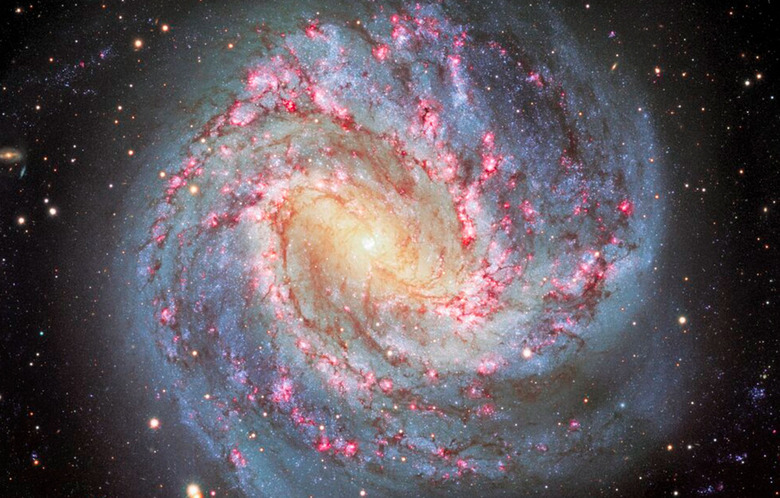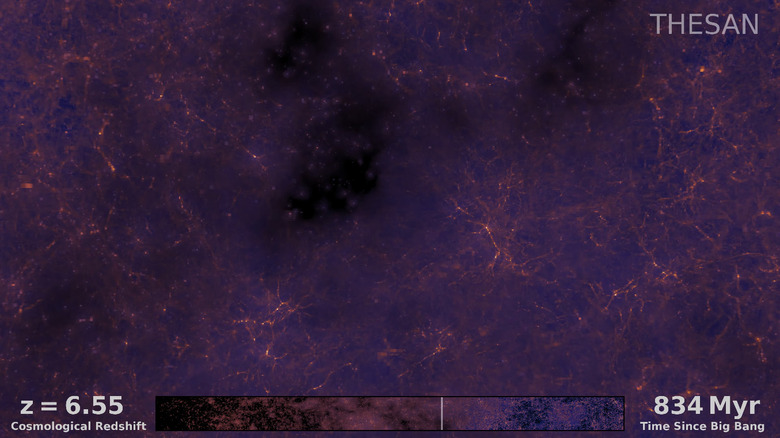MIT Study Gives Us New Insights Into The Origins Of The Universe
After the Big Bang exploded, bringing the universe into existence, scientists say everything cooled immensely and became completely dark. A few short hundred million years later, though, the universe awakened, and gravity began to gather the first stars and galaxies into existence. Previously, we haven't been able to discover much about the origins of the universe. However, a new MIT project could help give us new insights into the earliest time of our universe.
MIT explores the origins of the universe with new simulation
MIT is enabling scientists with a way to explore this particular period of time. It's doing so with a new simulation known as Thesan. The simulation was developed by scientists at MIT, as well as Harvard University and the Max Planck Institute for Astrophysics. It's named after the Etruscan goddess of the dawn and simulates the "cosmic dawn".
Specifically, it simulates the period of cosmic reionization. This particular time has been hard to reconstruct because it relies on extremely complicated and chaotic interactions between things like gas, gravity, and radiation. These types of interactions have proven hard to simulate. However, Thesan resolves these interactions using the highest level of detail and the largest volume of detail seen in any simulation to do.
It does so thanks to the combination of a realistic model of the galaxy's formation, a new algorithm capable of tracking how light interacts with gas, and a cosmic dust model. The scientists also published a paper on the simulation.
A bridge to the early universe
With Thesan, scientists can simulate the origins of the universe. They can take a cubic volume of the universe that spans up to 300 million light-years. The scientists can then run forward in time to track the evolution of the universe. This lets the scientists explore the appearance and evolution of thousands of galaxies within that area.
MIT says that the simulations align with the few observations that we have managed to have of the early universe. However, we'll need more observations to truly understand the origins of the universe. With Thesan in their arsenal, astronomers will simply have another powerful tool that can help them dig deeper into things.
Think of Thesan as a "bridge to the early universe", as Aaron Smith, a NASA Einstein Fellow in MIT's Kavli Institute shared in a statement. The simulation, Smith says, will act as a counterpart to upcoming observation facilities. Those facilities include the James Webb Space Telescope, which astronomers hope will allow us to discover more about the origins of the universe in the coming years.

